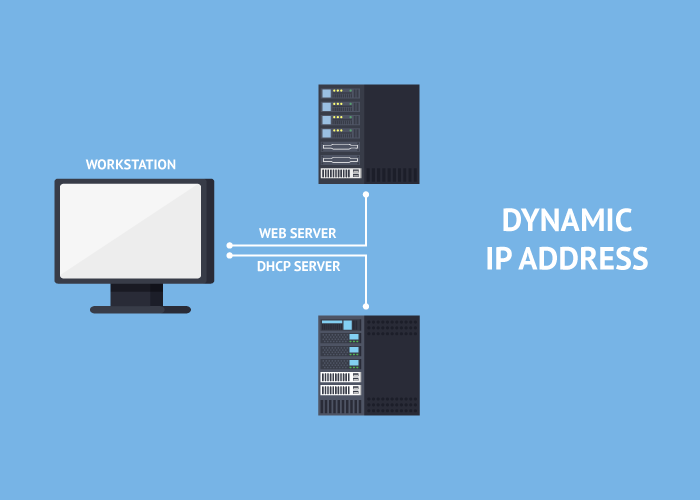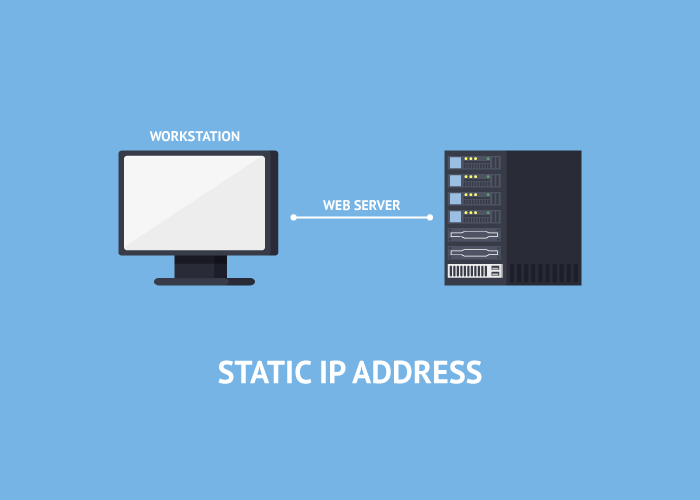What is Floating IP?
Internet Protocol is a unique address used to identify Internet-connected systems. An IP address is necessary to indicate the address of devices on the Internet and a local network and to establish the rules for delivering data. A floating IP is a public and routeable address that is not allocated to a machine automatically. This article will teach you all you need to know about Floating IPs.
What is Floating IP?
A virtual address that could be transferred from one server to another in a network is a Floating IP. In the Floating IP address method, the system administrator assigns the required type to one or more dedicated temporary devices. In this way, the device has a static IP address to communicate with other devices on private and immutable networks and can use the same IP address.
While multiple servers can have a Floating IP, at a given time it can only be activated on one server. If you need to assign an IP address to another server quickly to keep the software available once another goes down, a Floating IP is the best choice.
Main Difference between Static IP and Float IP
To go through this article and find the certain function of the Floating IP, let’s see how Static IP and Dynamic IP are different.
Dynamic IP Address
The Internet Service Provider assigns a temporary dynamic IP address to the devices which are connected to the Internet. Since the assigned address changes frequently, its duration can be fixed or irregular.
Obviously, the ISP assigns a new address to the user when the current IP address expires. The previous one will be assigned to the new user.
Static IP Address
Since a unique and special address is assigned to the device, this method is the opposite of the dynamic IP. All websites need to have a fixed IP to let users access the websites through the URL. So, the static IP address is mostly used for web servers and mail servers. All devices in the network easily communicate together because of having a fixed IP.
In this method, the numerical IP address of the devices on the network is converted into an address that you can remember. So, do not worry about memorizing the complex number of the IP address, just assign a static IP to the domain name to make it easy for users.
How to create a Floating IP address?
The system administrator allows users to choose floating IP addresses as available server resources by specifying reserved IP pools. Once the address is received, the user would be able to assign it to his device or remove it from the device in question and assign it to another device in the future. As you guess, when the device is completely removed from the network, the user’s access to the floating IP will not be lost.
To let different ISPs use each pool, different IP pools are used, so even networks outside the current network can access it.
Using a Floating IP helps you to make sure that the connection or access will be controllable. If any problem occurs with the ISP, the user can access the IP pool through other servers.
When do you need to use Floating IP address?
Since even a tiny error can affect program executions, developers use Floating IP to keep their designed applications performing successfully in any scenario. To ensure an available and stable infrastructure with minimal downtime, you can use a reserved IP.
On three specific occasions, you can use the Floating IP address:
- When you need a load balancer.
- When you need to balance between nodes and received traffic. Because it distributes inputs to alternative nodes.
- When you need to divide the available load on different cores, the Floating IP is able to divide a portion of the incoming requests among several different systems.
What are Ailover and Switchover?
Ailover and Switchover are about communicating through one link and keeping the second link as an alternative. So, once the first link is disabled, the connection is established through the second link. When a server in a data center fails, the Floating IP is ready to be assigned to an alternate server configured in the system.
Failover is known for an unplanned switching between network services, while a planned Switchover change from the primary system to the secondary system is called Switchover operation.
Floating IP address advantages
Flexibility
The Floating IP is considerably flexible. It is suitable to be used in failover and switchover environments. While upgrading a website or an application, you can use this type of IP to face the least interruption. Once a device is upgraded, the next device receives incoming traffic, and when the upgrade is complete, the traffic will be forwarded to the upgraded device again.
Display IP appearance
In case of existing multiple systems as servers, only the reserved IP will be displayed to the end user and the IP address of the server providing the service will not be displayed.
How to test the Floating IP setting
When the configuration is complete, you can test it by moving the floating IP from one server to another. First of all, you need to try Ping the cloud server or connect to your server via SSH using a floating IP. If you have a web server, you can enter this IP into the browser. Then transfer the floating IP to another server and test it again with the mentioned methods. If you connect to the server again, it will be clear that the reserved IP address is set correctly.
After a properly Floating IP setup, if a problem occurs for the current device, the IP address will be automatically transferred to the next active device in the network to receive information uninterruptedly and respond to incoming requests.
Conclusion
In this article, you learned about the concept of floating IP. After reviewing its advantages and the required steps of install and set up this type of IP. Now, you know that Floating IP is the best option for websites and applications that want to be always available and continue their activities if the main IP is down. Using Floating IP lets you to identify and access your desired device outside the network or cloud.


When would we use a float IP?
If you only need temporary access to an external network or would rather not configure routing, a Floating IP is a practical solution.